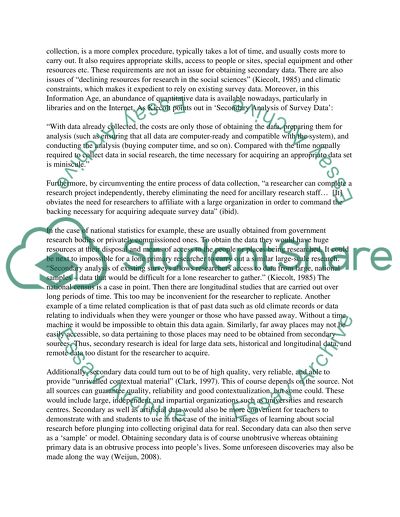Cite this document
(“Secondary Quantitative Data Essay Example | Topics and Well Written Essays - 3250 words”, n.d.)
Retrieved from https://studentshare.org/science/1502087-secondary-quantitative-data
Retrieved from https://studentshare.org/science/1502087-secondary-quantitative-data
(Secondary Quantitative Data Essay Example | Topics and Well Written Essays - 3250 Words)
https://studentshare.org/science/1502087-secondary-quantitative-data.
https://studentshare.org/science/1502087-secondary-quantitative-data.
“Secondary Quantitative Data Essay Example | Topics and Well Written Essays - 3250 Words”, n.d. https://studentshare.org/science/1502087-secondary-quantitative-data.


